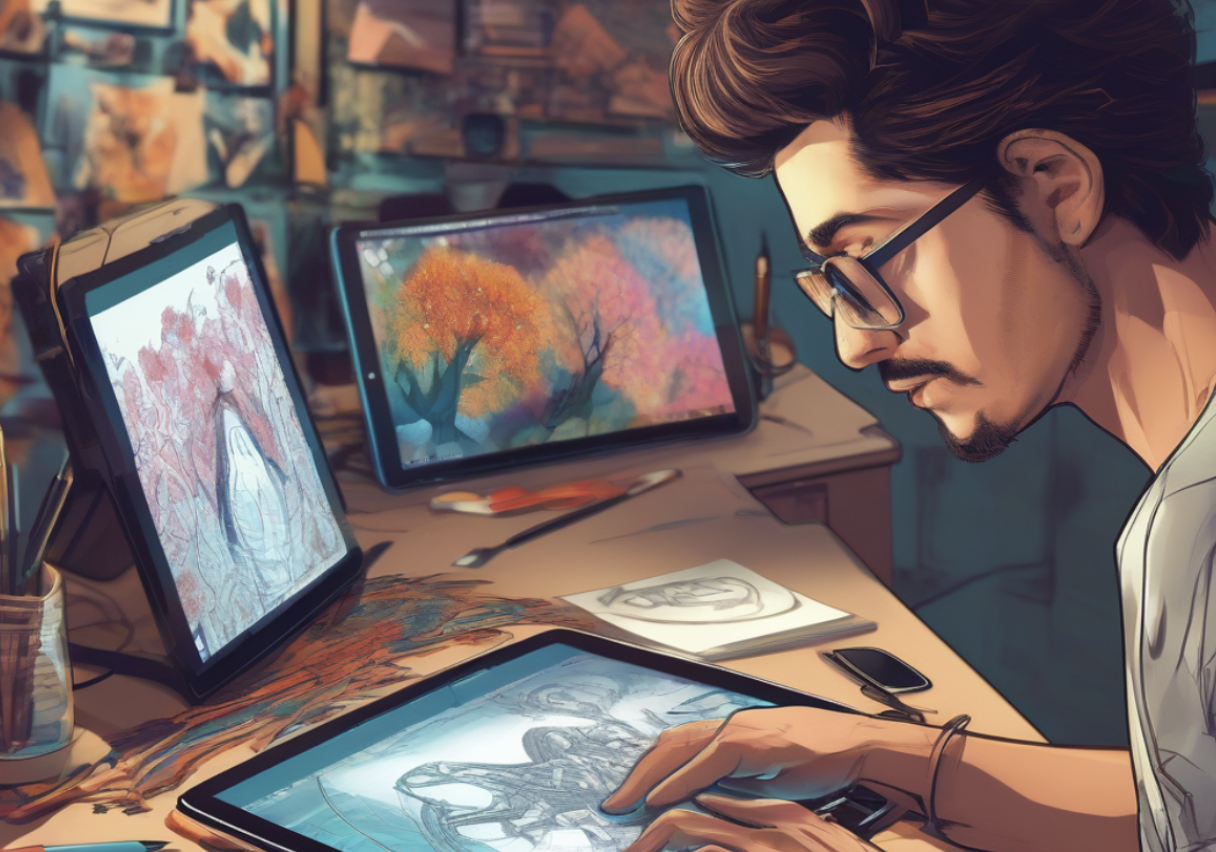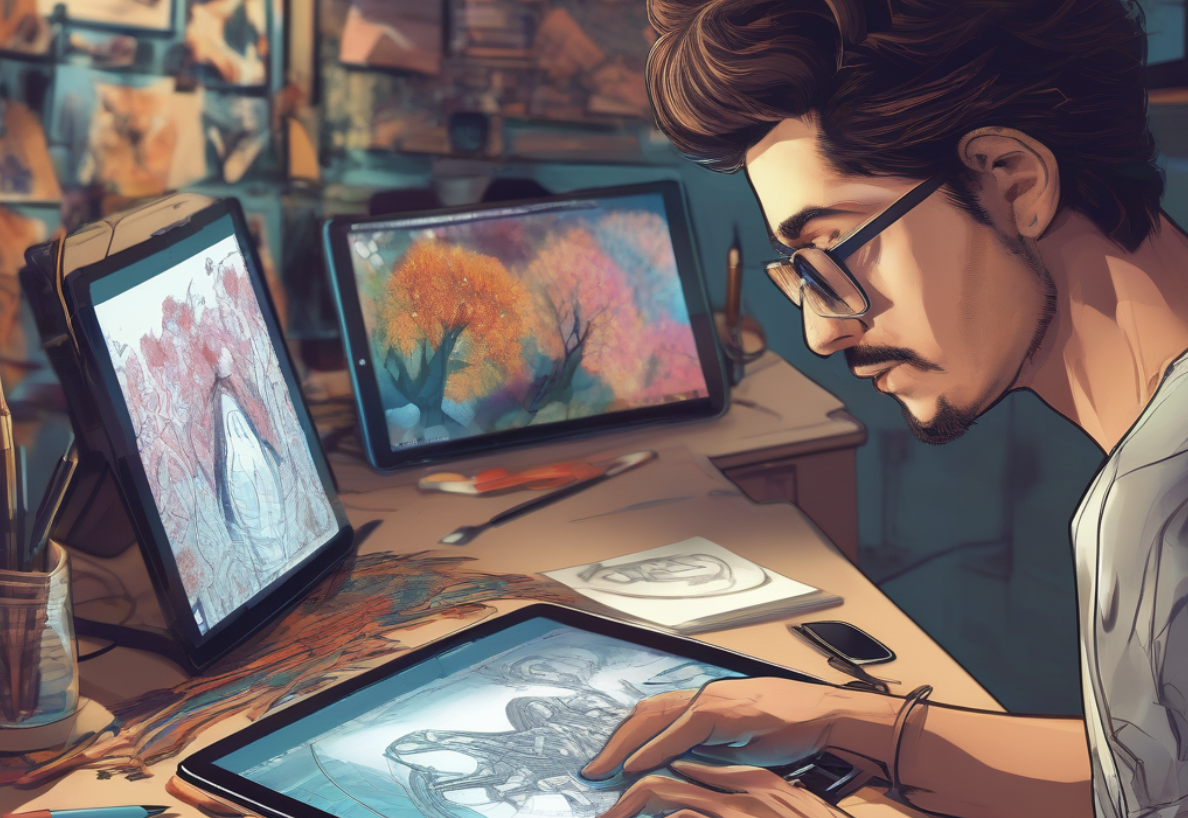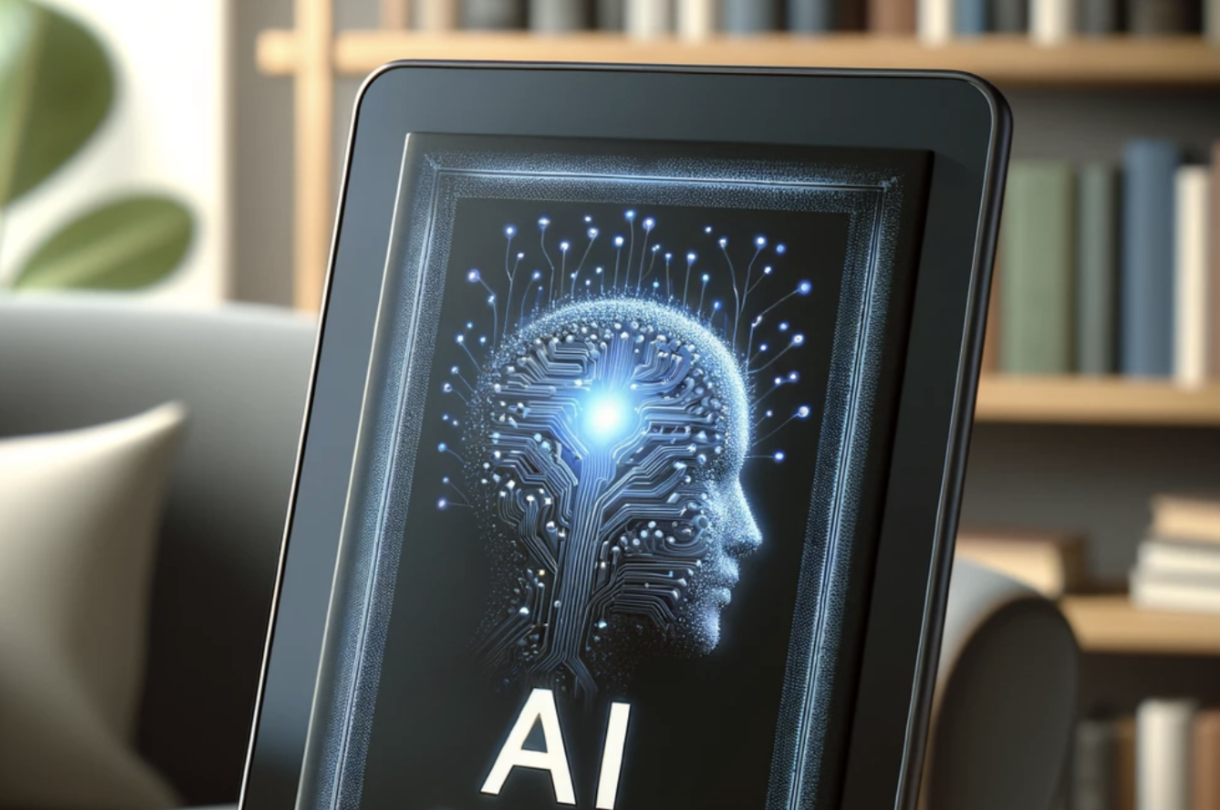
How Generative AI Tools are Revolutionizing Graphic Design

Introduction to Graphic Design & AI
The realm of graphic design is witnessing a radical transformation with the advent of Generative AI Tools. These tools are not just changing the way designs are created; they are reinventing the creative process itself. This article explores how Generative AI is reshaping the graphic design industry, from automating mundane tasks to enabling unprecedented levels of creativity.
The Emergence of AI in Design
Generative AI has introduced a new era in graphic design, where AI algorithms assist in creating visual content. Early applications were focused on simple designs, but today's AI tools can generate complex and creative visuals that were once the sole domain of human designers.
Enhancing Creativity and Efficiency
Generative AI tools in graphic design help streamline workflows, automate time-consuming tasks, and provide designers with more time to focus on creative aspects. These tools can generate multiple design options in seconds, offering a plethora of choices and inspiration.
AI-Powered Design Tools
Several AI tools are making significant strides in the field. Tools like Adobe’s Sensei use AI to analyze design trends and suggest elements, while others, like DeepArt, specialize in transforming images into artistic pieces. Canva integrates AI to simplify design layouts and color choices, making professional design more accessible.
Customization and Personalization
One of the most exciting aspects of AI in graphic design is the ability to personalize designs at scale. AI algorithms can create personalized marketing materials, website graphics, and more, all tailored to specific audience segments.
The Future of AI in Graphic Design
As AI technology continues to evolve, the potential for even more advanced applications in graphic design is immense. We may soon see AI collaborating with designers in real-time, offering suggestions, and even learning individual designer's preferences.
Challenges and Considerations
Despite the advantages, there are challenges, such as the need for a balance between automation and human creativity, and concerns over originality and copyright issues in AI-generated designs.
Conclusion
Generative AI tools are undoubtedly revolutionizing the field of graphic design, offering new possibilities and efficiencies. As these tools evolve, they promise to further enhance the creative process, blending human ingenuity with machine efficiency in exciting new ways.
FAQs
Q: Can Generative AI replace human graphic designers?
A: No, Generative AI is intended to augment human designers, not replace them. It enhances creativity and efficiency but cannot replicate the unique insights and emotions of a human designer.
Q: Are AI design tools difficult to learn?
A: Most AI design tools are user-friendly, designed for both professionals and amateurs. They often have intuitive interfaces and tutorials to guide users.
Q: How does Generative AI ensure the originality of designs?
A: While AI can generate unique designs, it's crucial for designers to use these tools responsibly, ensuring originality and avoiding plagiarism.

